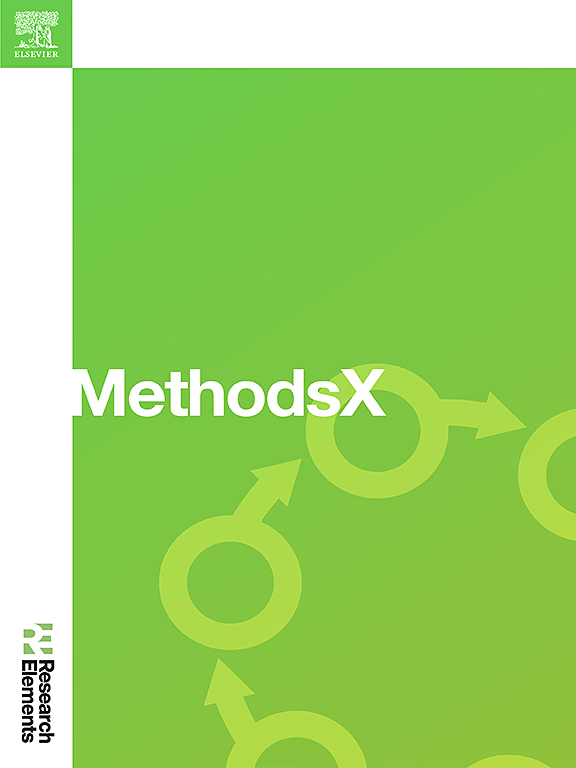结合自组织图(SOM)和卷积神经网络(CNN)提高模型精度:在疟疾病媒表型抗性中的应用
IF 1.6
Q2 MULTIDISCIPLINARY SCIENCES
引用次数: 0
摘要
本研究引入了一种混合方法,将无监督自组织映射(SOM)与监督卷积神经网络(CNN)相结合,以提高媒介传播疾病建模的模型准确性。我们应用该方法预测了非洲主要疟疾媒介的杀虫剂抗性(IR)状况。我们的研究结果表明,SOM/CNN组合方法比单独的CNN模型更具鲁棒性,实现了更高的整体精度和Kappa分数。这证实了SOM/CNN混合模型作为提高公共卫生应用中模型准确性的有效可靠工具的潜力。•将SOM和CNN相结合的混合模型用于预测疟疾载体的IR状态,提高了各种验证指标的准确性。•结果表明,与传统CNN模型相比,鲁棒性和预测精度有显著提高。•SOM/CNN联合方法显示出更高的Kappa分数和整体模型准确性。本文章由计算机程序翻译,如有差异,请以英文原文为准。

Towards combining self-organizing maps (SOM) and convolutional neural network (CNN) for improving model accuracy: Application to malaria vectors phenotypic resistance
This study introduces a hybrid approach that combines unsupervised self-organizing maps (SOM) with a supervised convolutional neural network (CNN) to enhance model accuracy in vector-borne disease modeling. We applied this method to predict insecticide resistance (IR) status in key malaria vectors across Africa. Our results show that the combined SOM/CNN approach is more robust than a standalone CNN model, achieving higher overall accuracy and Kappa scores among others. This confirms the potential of the SOM/CNN hybrid as an effective and reliable tool for improving model accuracy in public health applications.
- •The hybrid model, combining SOM and CNN, was implemented to predict IR status in malaria vectors, providing enhanced accuracy across various validation metrics.
- •Results indicate a notable improvement in robustness and predictive accuracy over traditional CNN models.
- •The combined SOM/CNN approach demonstrated higher Kappa scores and overall model accuracy.
求助全文
通过发布文献求助,成功后即可免费获取论文全文。
去求助
来源期刊

MethodsX
Health Professions-Medical Laboratory Technology
CiteScore
3.60
自引率
5.30%
发文量
314
审稿时长
7 weeks
期刊介绍:
 求助内容:
求助内容: 应助结果提醒方式:
应助结果提醒方式:


